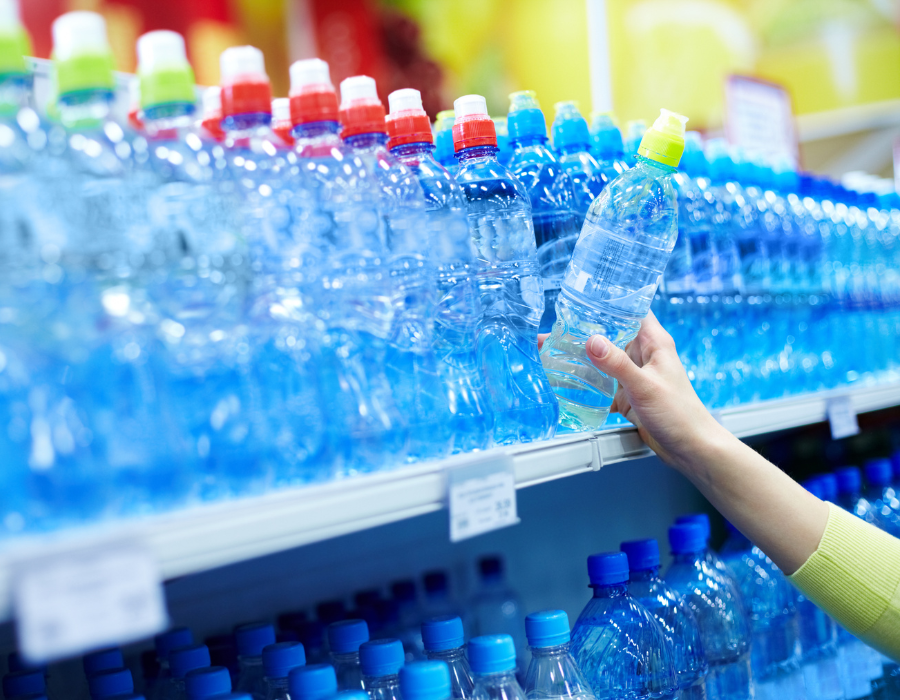
Bottle Overload: America's addiction to packaged water
Share
In the land of convenience and abundance, it's no surprise that packaged water has become a staple of American lifestyles. The convenience of grabbing a bottled drink on the go has led to a significant increase in bottled water consumption over the years. In this blog post, we'll dive into the staggering numbers behind how much packaged water Americans consume and shed light on the environmental implications of this trend.
The Booming Bottled Water Culture
Bottled water has cemented its place as a readily available beverage option for Americans. From convenience stores to vending machines, it's everywhere we look. But just how much of it are we consuming?
The Numbers Speak Volumes
Recent statistics underscore the scale of bottled water consumption in the United States:
-
High Consumption Per Capita: Americans consumed an average of 42.1 gallons of bottled water per person in 2020. That's around 1.5 times the amount of carbonated soft drinks consumed during the same period.
-
Massive Sales Figures: Bottled water is consistently among the top-selling beverages. In 2020, the bottled water market in the U.S. generated over $34 billion in sales.
-
Convenience's Impact: The convenience factor is a driving force. On-the-go lifestyles, perceived purity, and the belief that bottled water is healthier contribute to its popularity.
Unpacking the Environmental Consequences
While bottled water offers convenience, the hidden environmental costs are substantial:
-
Plastic Pollution: The vast majority of bottled water is sold in single-use plastic bottles. These bottles contribute significantly to plastic pollution, clogging landfills, and polluting waterways.
-
Energy Intensity: Producing and transporting bottled water requires fossil fuels, contributing to carbon emissions and climate change.
-
Resource Depletion: The extraction and packaging of water, even if it's sourced from natural springs, deplete local water resources and negatively impact ecosystems.
-
Waste Woes: Despite recycling efforts, only a fraction of plastic bottles gets recycled. The rest end up in the environment, taking centuries to break down.
Sustainable Solutions
It's essential to address the environmental impact of excessive bottled water consumption:
-
Choose Tap Water: America's tap water is generally safe and regulated. Using a reusable bottle filled with tap water significantly reduces plastic waste.
-
Invest in Reusables: Ditch single-use plastic bottles in favor of reusable ones made from materials like stainless steel or glass.
-
Support Initiatives: Advocate for policies that reduce single-use plastics and encourage responsible water consumption.
-
Spread Awareness: Educate friends, family, and your community about the environmental impact of bottled water consumption.
Conclusion
As consumers, we have the power to reshape the culture of excessive bottled water consumption. While convenience remains important, it's crucial to weigh the convenience against the environmental consequences. By making conscious choices to reduce our reliance on single-use plastic bottles, we can play a role in mitigating plastic pollution, conserving resources, and contributing to a more sustainable future. Remember, every refill of a reusable bottle is a step toward a healthier planet.